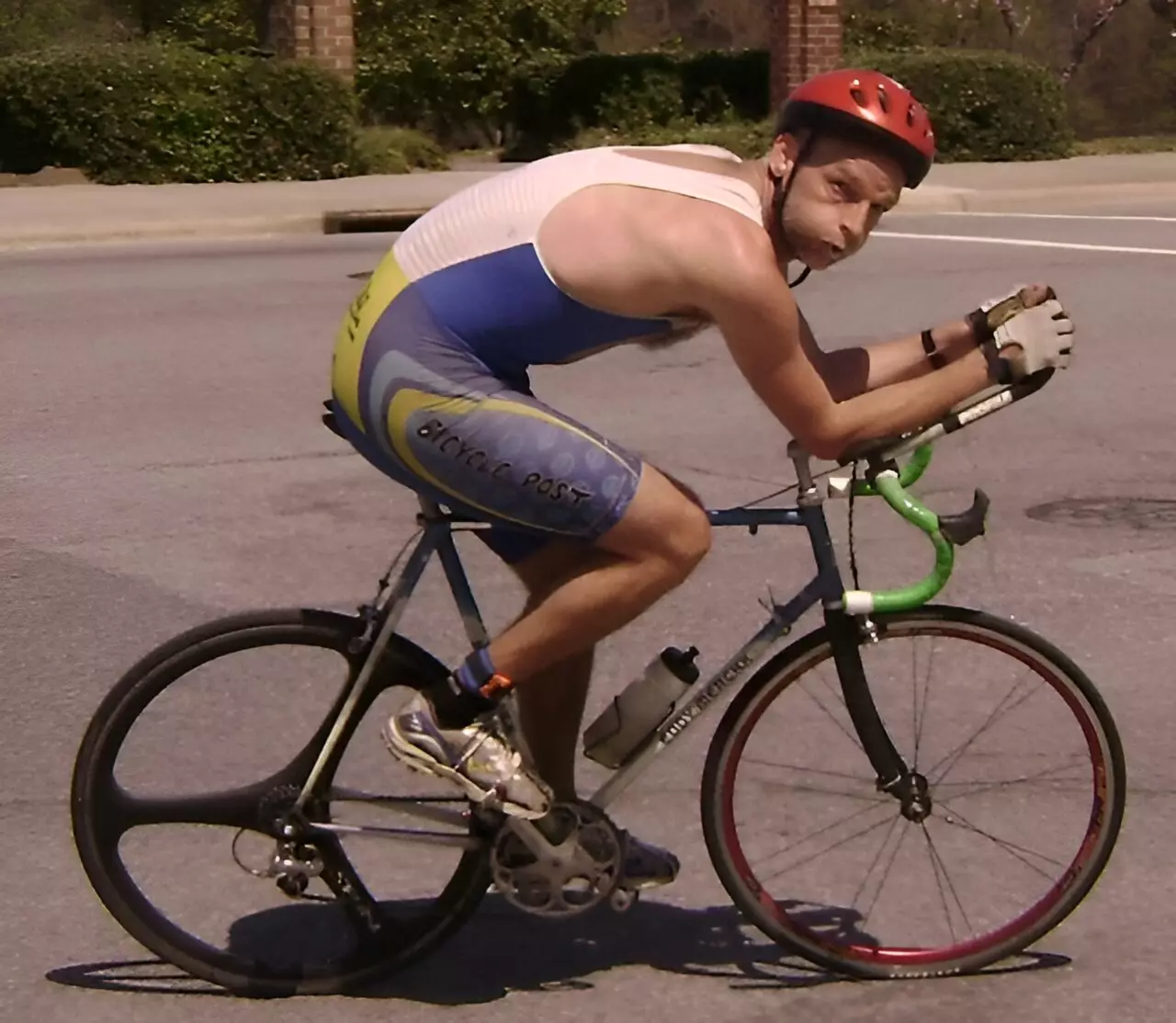The cycling phenomenon known as “Everesting” has captured the fascination of both amateur and professional cyclists. It consists of repeatedly ascending and descending the same mountain until the total elevation gain equals that of Mount Everest, which stands at a staggering 8,848 meters. This unique endurance challenge pushes the limits of cyclist stamina and strategy, provoking debates within the cycling community about factors affecting performance. Recently, a new record set for Everesting ignited discussions surrounding the impact of wind resistance, particularly a favorable tailwind measured at 5.5 meters per second, or 20 kilometers per hour. This raises crucial questions: To what extent does wind assistance influence the performance of cyclists undertaking this grueling test, and should regulations concerning wind conditions be considered?
Enter Martin Bier, a physics professor at East Carolina University, who delved into this debate with a scientific approach. Bier emphasizes that the physics of cycling is inherently simpler to understand than that of running. While running requires constant accelerations and the vertical oscillation of the center of mass, cycling is characterized by a more fluid and efficient rolling motion that primarily contends with gravitational forces and friction. Investigating the dynamics at play, Bier identifies air resistance as a critical factor often overlooked in discussions about cycling performance.
Bier explains that the relationship between speed and air resistance follows a geometric progression: the force of air friction increases with the square of the cyclist’s speed. To clarify, this means that to double a cyclist’s speed, four times the force is required, and tripling their speed necessitates nine times the innate force. This is particularly relevant when considering the speed of cyclists tackling uphill climbs, where their velocity significantly decreases, rendering air resistance less impactful compared to the gravitational forces they face.
Bier’s examination of Everesting specifically addresses the assumption that a strong tailwind would transform uphill cycling into an easier venture akin to flat terrain. This notion, however, runs counter to the realities of cycling dynamics. When a rider is alone, their effort converges primarily on the input power in watts, overcoming gravity and resistance but absent the aerodynamic draft provided by another cyclist.
Bier articulates that while the tailwind can indeed provide some advantage during the ascent, the overall contributions to performance remain negligible. The majority of the effort during the climb is directed towards overcoming gravity. Conversely, as cyclists descend, their speeds rise significantly—often upwards of 80 kilometers per hour—thereby amplifying the effects of air resistance. The influence of a headwind on this descent more than offsets the gains made from the tailwind encountered while climbing. The calculations reveal a compelling truth: waiting for favorable wind conditions is futile if one aims for a better Everesting time; the greatest improvements come from enhancing physical performance and reducing excess weight.
Final Thoughts: The Path to Everesting Success
Ultimately, Bier’s findings yield strategic takeaways for aspiring Everest seekers. The moral of the story is clear: the pursuit of an Everesting record is profoundly technical and should focus on personal fitness improvements rather than external conditions. To truly enhance Everesting performance, cyclists should concentrate on increasing power output and decreasing body weight through training and conditioning. Such tailored strategies will enable cyclists to achieve personal bests, regardless of the surrounding atmospheric conditions.
While wind dynamics might play a role in the grand scheme of cycling, they are but a minor player compared to the superior forces at work—namely, the cyclist’s capabilities and the relentless pull of gravity. In the quest for Everesting success, cyclists must rely on their physical prowess and strategic training rather than external variables.


Leave a Reply